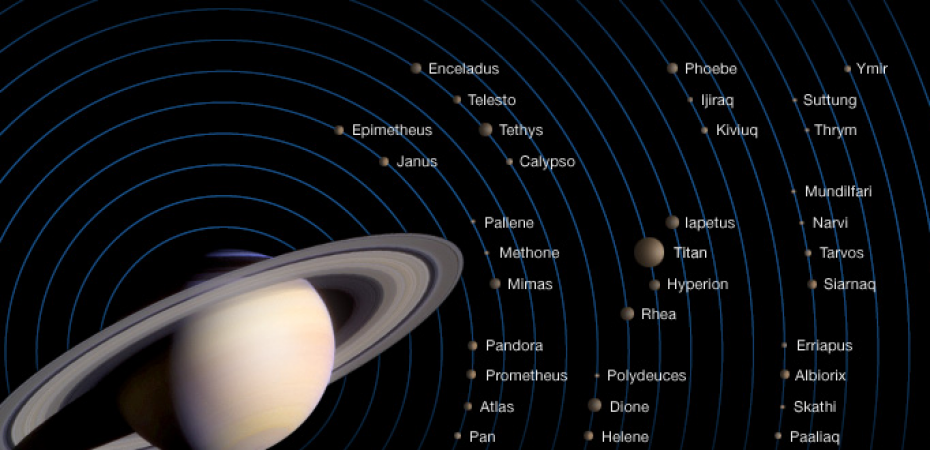
USA: One of the "most scientifically interesting sites" of the Solar System is Enceladus, one of Saturn's 83 moons. It is known that the icy moon has brackish oceans that could support marine life.
Researchers at the University of Arizona have demonstrated how a space probe in orbit could probe the Moon for signs of life without actually landing on its surface.
Enceladus is one of the promising leads that scientists have been looking for in recent years in the never-ending search for life on planets other than Earth.
Also Read: New WhatsApp feature will assist you in avoiding internet outages
It is a small, icy object only 500 kilometers wide. It is one of the most luminous objects in the Solar System and reflects almost all the light it receives.
Enceladus was largely unknown for about 200 years. Investigations began in the 1980s with NASA's Voyager 1 spacecraft.
Between 2015 and 2017,
NASA's Cassini spacecraft orbiting Saturn has revealed that beneath the moon's thick ice crust lies a vast, warm saltwater ocean that emits methane, a gas that usually comes from microbial life on Earth.
The Cassini spacecraft discovered additional life-supporting molecules on Enceladus besides methane. Moon completes one revolution of Saturn in 33 hours.
At least 100 giant water plumes erupting like volcanoes from the icy surface of the Moon's south pole. The Moon's interior is heated by Saturn's powerful gravitational pull, forming massive plumes
On the other hand, the amount of living microbes in Enceladus' ocean would theoretically be much smaller. If Enceladus has an ocean beneath its icy shell, advanced instruments on an orbiting spacecraft could detect any Earth-like microbes there.
Also Read: Murmu to give away the Digital India Awards 2022 on Saturday
According to Associate Professor Regis Ferrier, sending a robot deep underwater and through crevasses in the ice would be difficult.
"Our team has now shown that this approach will be sufficient to confidently determine whether there is life within Enceladus' ocean without actually probing the Moon's depths," Ferrier said.
"By simulating data that a more prepared and advanced orbiting spacecraft would gather from just the wings alone." It's an exciting approach, he continued.
These geyser-like plumes are thought to be a major source of the water vapor and ice particles that make up one of Saturn's famous rings.
The Cassini spacecraft took a sample of this ejected mixture, which includes gases and other granules from deep within Enceladus' ocean.
Despite the darkness and extreme pressure, hydrothermal vents on our planet are teeming with life both large and small, Ferrier said. The simplest living things are microbes called methanogens, which can function without sunlight. Methane is produced as a by-product of the energy-producing conversion of methanogens to dihydrogen and carbon dioxide.
Ferrier and his research team based their calculations on the hypothesis that Enceladus' oceanic hydrothermal vents contain methanogens that are similar to those on Earth. The total mass of methanogens on Enceladus was estimated, and the likelihood that these cells and other organic molecules could have been ejected through the plumes was calculated.
Also Read: Punjab secures investments worth Rs.3200 cr in textile sector
According to the paper's first author, Antonin Afolder, "Enceladus' biosphere may be very sparse." And yet, according to our model, adding enough organic molecules or cells to the plume would be effective so that instruments on future spacecraft could detect them. According to the researchers, amino acids such as glycine may also act as skewing signals.